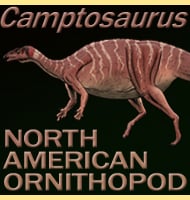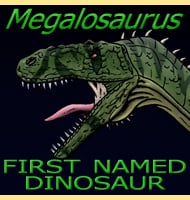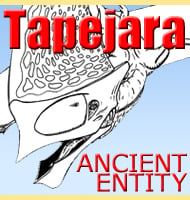Camptosaurus
In Depth Once again the term ‘wastebasket taxon’ looms like a spectre over another dinosaur. Many of the fossils that were once attributed to Camptosaurus have since been found to represent other dinosaurs, and this is especially true for the European species that were once assigned to Camptosaurus. Despite this reduction in species and geographic … Read more


